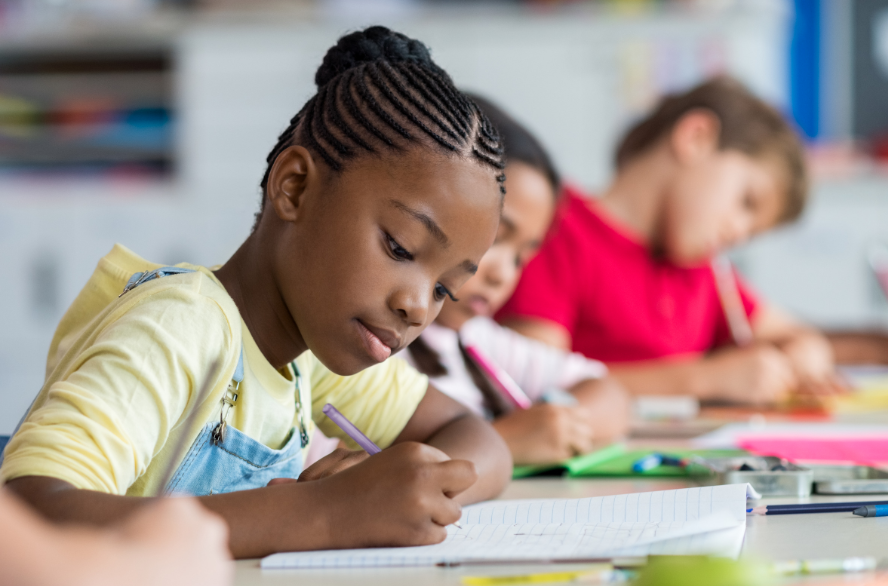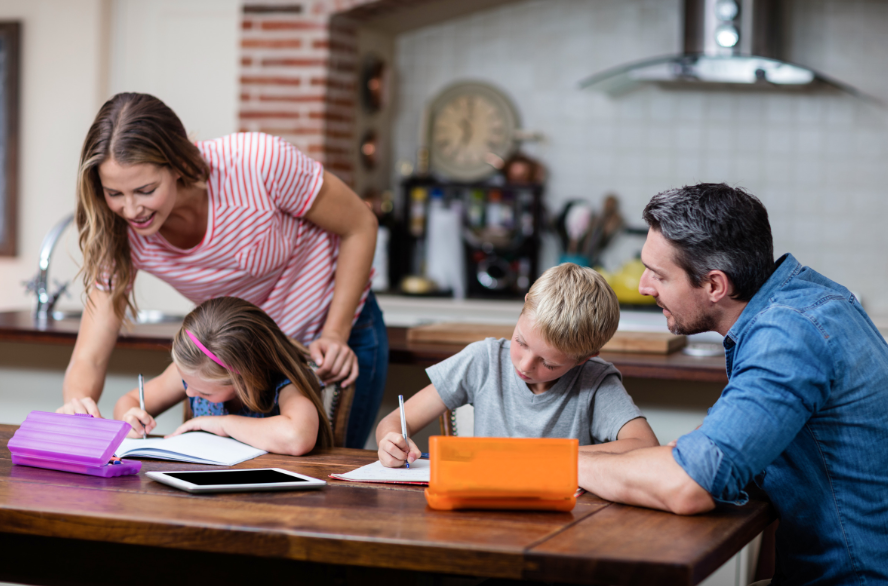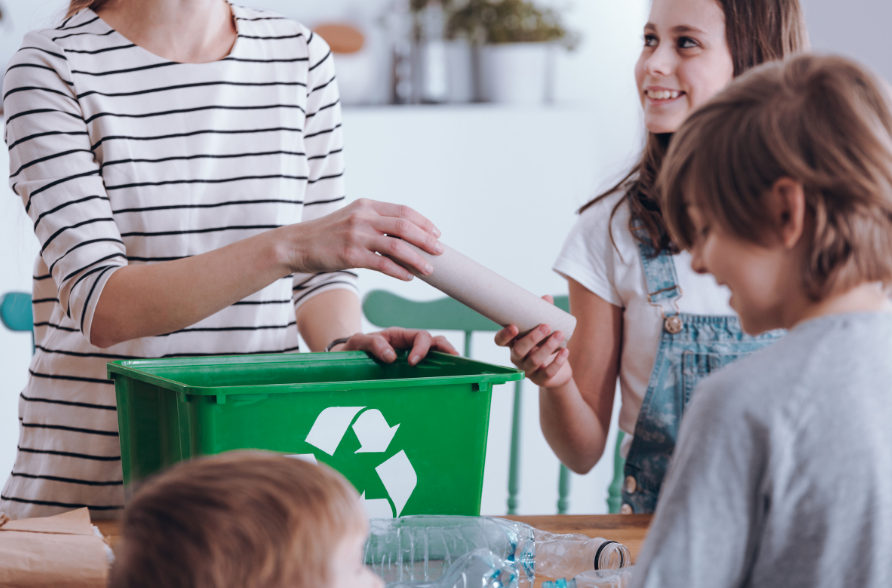The sudden shift to homeschooling can be a stressful transition. It can be difficult to know what steps to take to ensure your student is getting the most our of their online education. Check out these simple tips and try implementing them in your home to help the homeschooling process go smoothly.
Set Up a School Area
First, find a quiet, well-lit, place in your house that is free from distractions. Make sure to have school supplies ready to use like pencils, paper, markers, and to have their device fully charged.

Be There for Support
When possible, be available to your kids so they can ask you questions. Offer guidance and help your child walk through problems they are stuck on to help them find the answer. Stay connected with their teacher to ensure your child is completing all the correct assignments. Additionally, reach out when you are in need of additional resources to help your child succeed.

Set a Routine
Establishing a routine for school days helps the homeschooling process go smoothly. Set a specific time your kids need to be up and be ready for school, even if it is at home. Getting dressed and ready for the day will boost their productivity. Based around their online school schedule, set up times they work on designated school work. In addition, make sure to include brain breaks such as getting a snack or going outside for some fresh air.

Teach Your Child to Strategize Homework
Help your child set a plan of action for completing school work that best suits them. Helping kids understand how to strategize their work will encourage them to get their work done in a timely manner. Furthermore, this helps them learn to strategize for the future. Some kids might want to start the day off with their hardest homework to get it out of the way. In contrast, others may enjoy starting with their easiest work to build momentum and knock things off their list.
Apply School to the “Real-World”
Take some time while your kids are not at school physically to teach them how school can apply to the “real-world”. When learning history, ask them how it can relate to today’s world. Perhaps, they are learning about ecosystems. Apply it to the “real-world” by showing them steps they can take like recyling to protect our world’s ecosystems.


